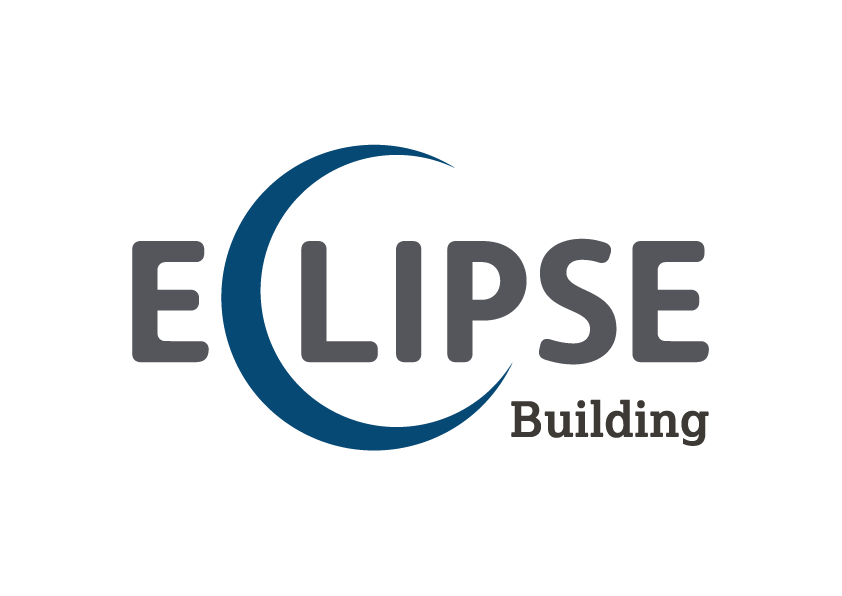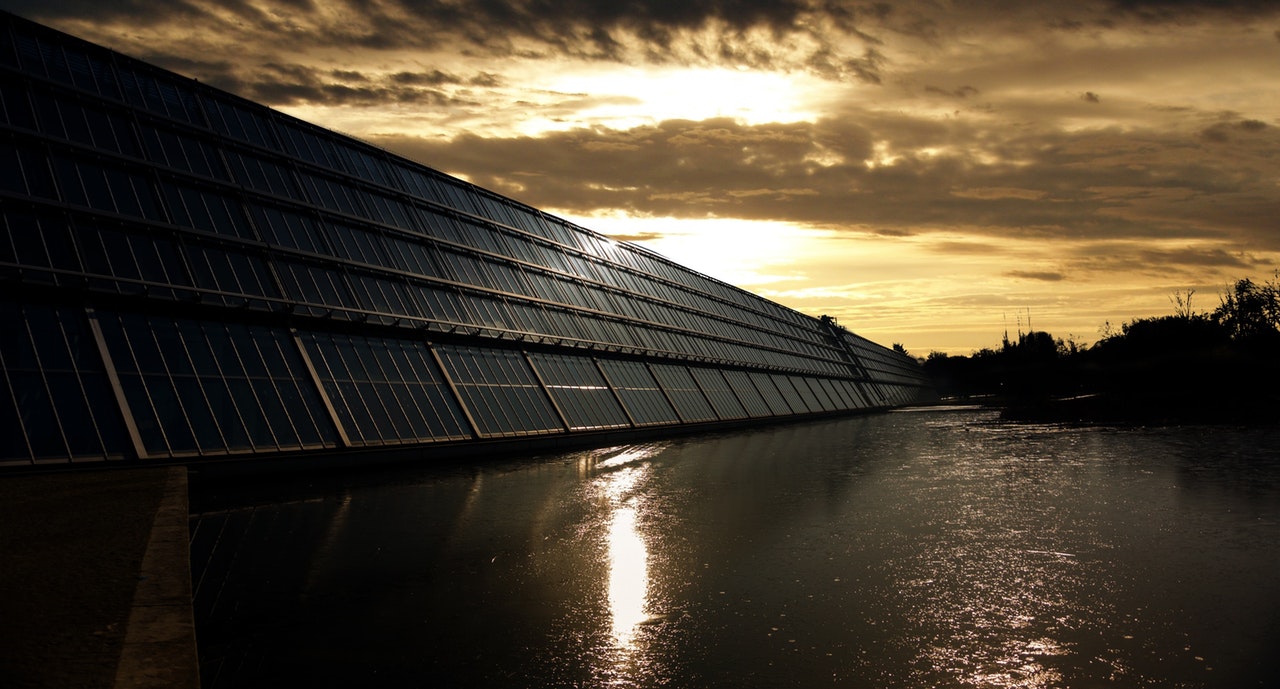Last week, we published a blog post on the advantages of green building. And although green building is a practice that is gaining a lot of popularity for good reasons, we must also mention some of the potential disadvantages that green building can pose for any construction project.
As a reminder, green building “is the practice of creating structures and using processes that are environmentally responsible and resource-efficient throughout a building’s life-cycle from sitting to design, construction, operation, maintenance, renovation, and deconstruction. This practice expands and complements the classical building design concerns of economy, utility, durability, and comfort. Green building is also known as a sustainable or high-performance building,” as defined by the United States Environmental Protection Agency
Longer Construction Time
Even though green building is definitely something that everyone should take part in, it takes up more time because the materials used are still not readily available. Green practices also require special building procedures and a construction staff adequately trained in green building, which can take a contractor more time to round up.
If you want to embark on a green building project, you should consider adding extra time to your master schedule. You can also start small. By incorporating a few green changes such as swapping appliances for energy-efficient ones or installing solar panels, you can still make a significant impact on the environment and save money on your utility bills.
Complex Temperature Regulation
Green buildings use natural cooling components like wind ventilation and plants. In warmer weathers, using A/C will require extra solar panels just to run the A/C during the most vital hours – when it’s hot as hell outside.
Solar-powered A/Cs are slowly being introduced to market, but commercial-grade options are still few and far between. I would wait a few years before going all in on solar-powered A/C in commercial buildings, especially in Florida.
Considering Location
Green buildings run on renewable energy sources, usually dependent on the sun. Logic states that they’ll need sun exposure, so location in green construction is even more important than in traditional construction.
According to the U.S. Green Building Council, “Location is a critical element of green building: it can define appropriate strategies, yet it can also limit how green a project can actually be. Depending on the environmental issues that are most critical in a particular area, location can influence a project team’s priorities.”
Additionally, the role of location in green building goes further than adequate sun exposure. Green building also takes into account how location minimizes the environmental impact by lowering dependence on cars and protecting the areas’ natural habitats.
Limited Material & Labor
Materials needed to build green buildings can be difficult to obtain, particularly in areas where conserving the environment is not high on the list of priorities. Shipping these materials as well as finding skilled labor for green building projects can be costly in comparison to traditional building practices.
We think that green building advantages outweigh the cons, but it does take more time, more preparation and a higher upfront investment. If you’d like to discuss how to incorporate green building practices into your construction project, contact us today.

